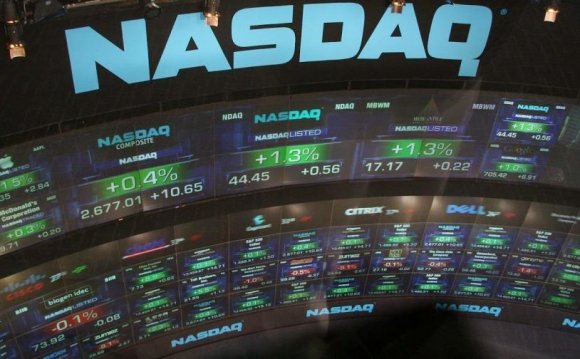
How The Stock Exchange Works
 The perception of a large number of people about the stock market is often that it is simply a place for speculation and air money. Particularly often, such considerations can be heard in the discussions of derivatives (fuchers, options). But is everything really?
The perception of a large number of people about the stock market is often that it is simply a place for speculation and air money. Particularly often, such considerations can be heard in the discussions of derivatives (fuchers, options). But is everything really?
Usual exchanges are, in fact, a secondary securities market that redistributes rights to the ownership or debt of securities companies. As a result, the company itself is not receiving any funding - when it is said that the company lost so many millions as a result of the fall of the stock, it is not more than a beautiful word, because there is no loss but the simulators.
The secondary market ' s organized trade mechanisms serve to redistribute securities between major primary investors (anders and investment consortia) and smaller investment companies and private investors. The main turnover of securities is in the secondary market. Without the existence of this secondary market, the normal functioning of the primary market will not be possible.
Through the secondary market, private persons become owners of securities directly or indirectly (through investment banks and funds). A sufficient number of private investors enables the economy to function effectively by attracting huge sums of money to meet its urgent needs.
Secondary securities market has two types - Exchange and Surface (detail here), with the whole stock market at the centre of all, of course, the first type. In the course of the exchange, the investor sees no counterpart in the deal, and its performance is guaranteed by the exchange. In the offshore market, transactions are made directly between two counterparts (respectively, they have all the risks) and there are different low-liquided paper trades, which are not so large that the issuer ' s company is " immersed " with the leafing on the exchange.
Like a stock exchange
Birja is the most convenient place for dealing with securities. On the infrastructure of the domestic securities market, we have repeatedly written on Habré (rather than two), and now we will be more detailed on the market as a separate unit of the market.











